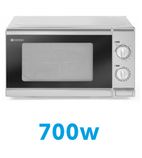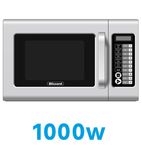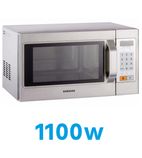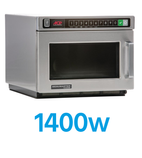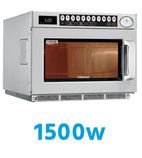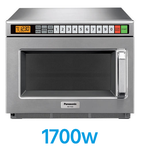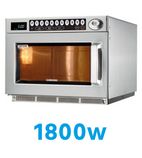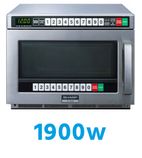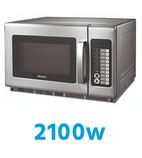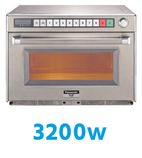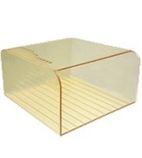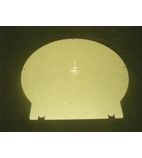Commercial Microwave Ovens
Here at Catering Appliance, we stock an excellent range of manual and programmable Commercial Microwaves. From light duty 700w microwaves, right through to powerful 3500w ovens - we'll have the right microwave for your unique business. We only stock the very best brands in microwave technology, including Samsung, Panasonic, Sharp and Merrychef.
Please call or chat with us if you have any questions. We‘re more than happy to help!
![]() * Items marked with the 'Order Today Delivered Tomorrow' graphic qualify for Next Day Delivery only if the item is ordered before the Next Day Delivery cut off time shown on the product page. Some Next Day Delivery services are chargeable.
* Items marked with the 'Order Today Delivered Tomorrow' graphic qualify for Next Day Delivery only if the item is ordered before the Next Day Delivery cut off time shown on the product page. Some Next Day Delivery services are chargeable.
Save Yourself Time!
Answer a few questions and we’ll help you find the right Commercial Microwaves for your business.
